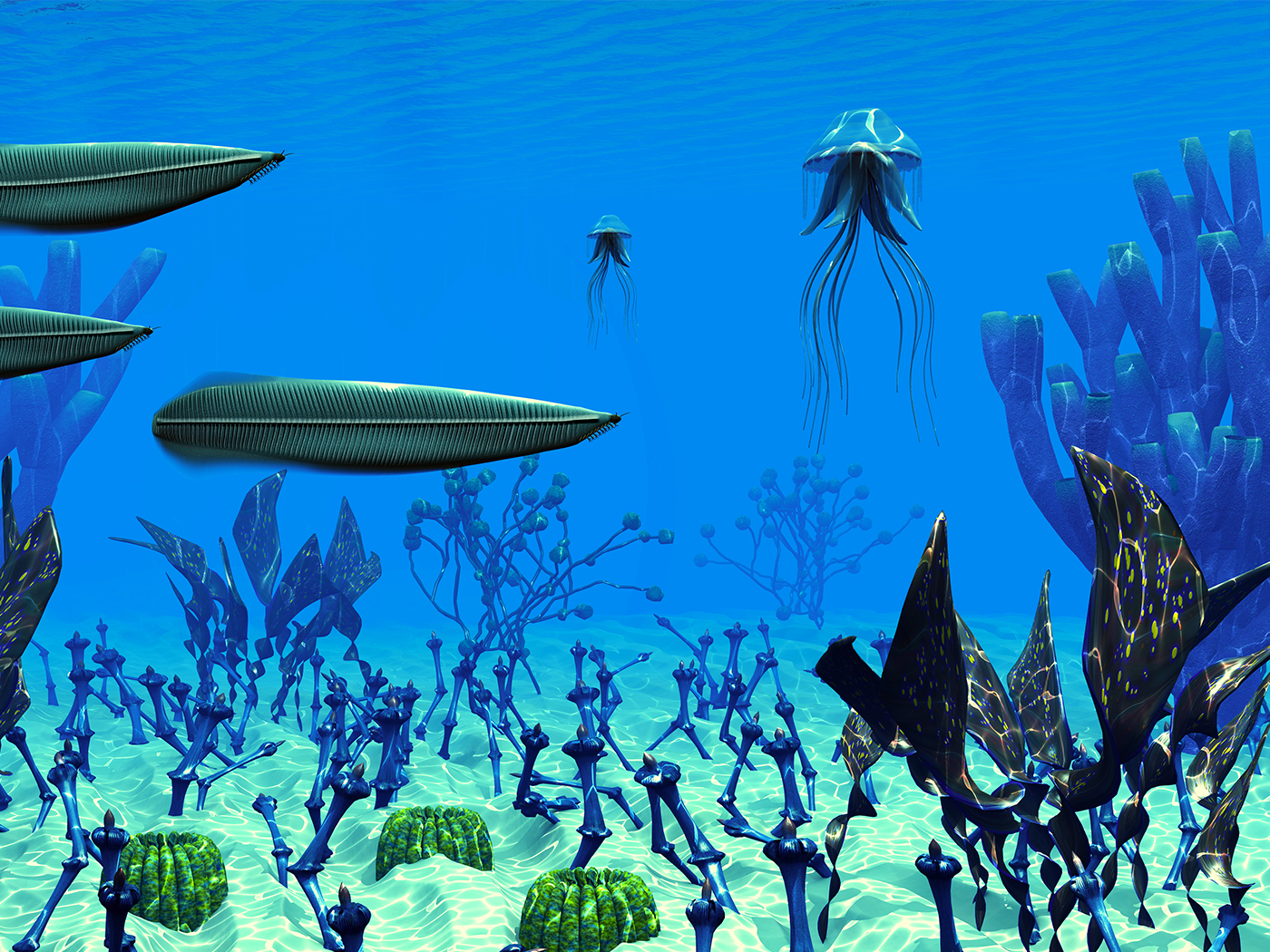Does it matter whether the larvae of one fruit fly species have hairy backs while those of another are smooth? Well, for scientists who believe both species descended from the same ancestor population, it could perhaps be taken as an example of evolution in action. The genetic causes for these particular differences, however, clearly show that no Darwinian processes were involved.
An international team of biologists has teased out the genetic underpinnings of fruit fly larval hairs. The researchers found that the presence or absence of hairs resulted from "many subtle-effect substitutions in regulatory DNA," not in genes.1 These minor changes were labeled "evolution in action," but the study results actually show just the opposite. The variations in larvae hairs show at least two genetic features that only make sense if they were purposefully designed creations.
Publishing in the journal Nature, the researchers compared larvae of the very common fruit fly Drosophila melanogaster, which has tiny hairs, with a related hairless variety named Drosophila sechellia.1 The researchers reverse-engineered the genetic differences between the two species and measured the incremental, as well as total, effects on larval hair production caused by various DNA base substitutions.2
First, the researchers found that reducing the production of these tiny hairs only required the subtle alteration of a handful of DNA sequences that were not genes but were regulatory DNA called "enhancers." They also found that thousands of DNA bases close to the hair-producing genes were exactly the same between the two species. The differences occurred within a 500-base region that they termed the "focal region."
The researchers referred to these differences as "mutations," but by definition, mutations are supposed to be randomly introduced genetic errors. Random differences should therefore be distributed randomly in the genome, not concentrated in a "focal region" that experiences DNA alteration rates "4.8 times higher" than nearby DNA sequences.1
Why are there so many differences in just one region and so few elsewhere? The authors speculated that the focal region "has evolved under positive selection, or relaxed constraints, or both." It sounds as though they don't really know. In fact, the study authors admitted that "detecting the action of natural selection on specific non-coding genomic regions remains a major challenge for evolutionary genetics."1 Perhaps neither explanation is adequate or accurate.
How could natural selection decide, so to speak, to act on one region of a genome when it can only kill off whole individuals if they prove to be "unfit"? And how does nature act at all, since it has no mind?3
Yes, changes have occurred in fruit fly genomes. But since they're all still fruit flies, and since the changes are non-random and therefore are controlled by intelligent genetic programming, these changes do not equal "evolution."
Clearly, the facts that only subtle DNA changes are needed to produce relevant body alterations, that the DNA changes did not occur in the genes (which would have corrupted vital code), and that the DNA changes occurred in a small and specific region, all add up to spell "Creator."
References
- Frankel, N. et al. 2011. Morphological evolution caused by many subtle-effect substitutions in regulatory DNA. Nature. 474 (7353): 598-603.
- DNA is an information storage molecule that uses four different chemical bases as "letters" to record coded information.
- Guliuzza, R. 2011. Darwin's Sacred Imposter: How Natural Selection Is Given Credit for Design in Nature. Acts & Facts. 40 (7): 12-15.
Image credit: University of Veterinary Medicine Vienna/Klaus Wassermann
* Mr. Thomas is Science Writer at the Institute for Creation Research.
Article posted on July 22, 2011.























